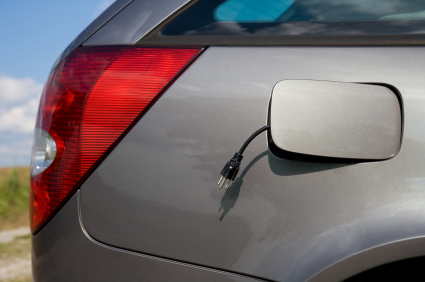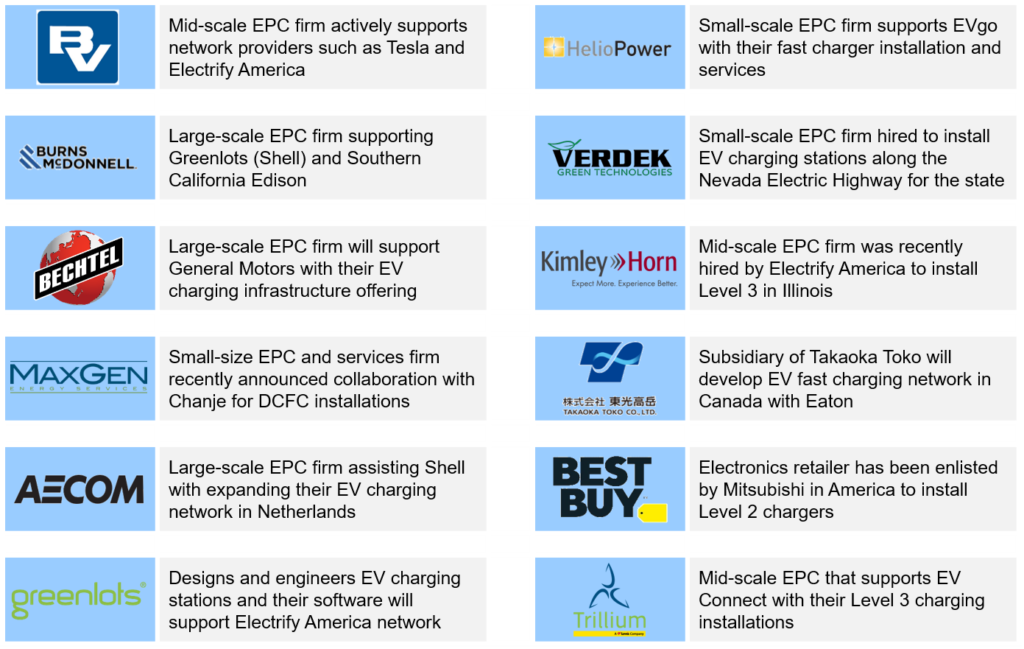
Electrification of the transportation sector is one of the frontrunners of the energy transition. Electric vehicles (EV) adoption is driven by regulatory pressures and incentives, falling EV prices, technological advancements, and growing availability of EV models. The number of EVs in North America are expected to grow at 25-30% per year through 2030 and although passenger cars are expected to dominate the market, we expect adoption of electric trucks and buses to grow as well.
EV charging infrastructure supports and enables EV growth. There are three types of EV chargers: Level 1, Level 2, and Level 3 chargers. Level 1 chargers can provide about two to five miles of range per hour of charging. They are single-phase AC chargers rated at 120 V/16 A with capacities of up to 1.9 kW with no additional equipment required to install them. They are generally found in homes and sometimes workplace and can be easily installed by a local electrician.
Level 2 chargers are also single-phase AC chargers rated at 240 V/32-80 A with a capacity of 7.6 to 19.2 kW. It gives about 10 to 20 miles of range per one hour of charging and needs some additional equipment. They are generally found in homes, workplaces, and many public places with less traffic. Depending on the charging site size and number of chargers needed to be installed, it could be installed by a local licensed electrician or a larger engineering, procurement, and construction (EPC) firm.
Level 3 chargers, on the other hand, are fast DC chargers that provide about 180 to 240 miles of range in one hour of charging. They are rated at 480 V AC input, have capacity higher than 22 kW, and need high-power special equipment. They are generally found in public places, especially along heavy traffic corridors. As adoption of EV cars, buses, and trucks grows for long-distance traveling, we expect more demand and utilization of DC fast chargers along main streets and highways.
Installing a Level 3 charger requires station design and engineering, planning, permitting, installation, and commissioning. Generally, this is accomplished by an EPC company that has experience in regulations, permitting, and site preparation. In addition to these competencies, value chain-wide expertise and reputation in the market are also valued in the Level 3 chargers’ market. Examples of companies active in this space are Black & Veatch, Burns & McDonnell, Bechtel, MaxGen, AECOM, Helio Power, and EV Structure. Exhibit 1 shows examples of the EPC companies supporting EV charging infrastructure across North America.

Exhibit 1. Companies active in EPC space for EV charging infrastructure
ADI Analytics has helped clients size the EV and EV infrastructure segments and has been tracking developments in EV OEMs, EV charging hardware and software companies, EPC firms, utilities, and end-users. Contact us to learn more.
By Panuswee Dwivedi and Uday Turaga



















